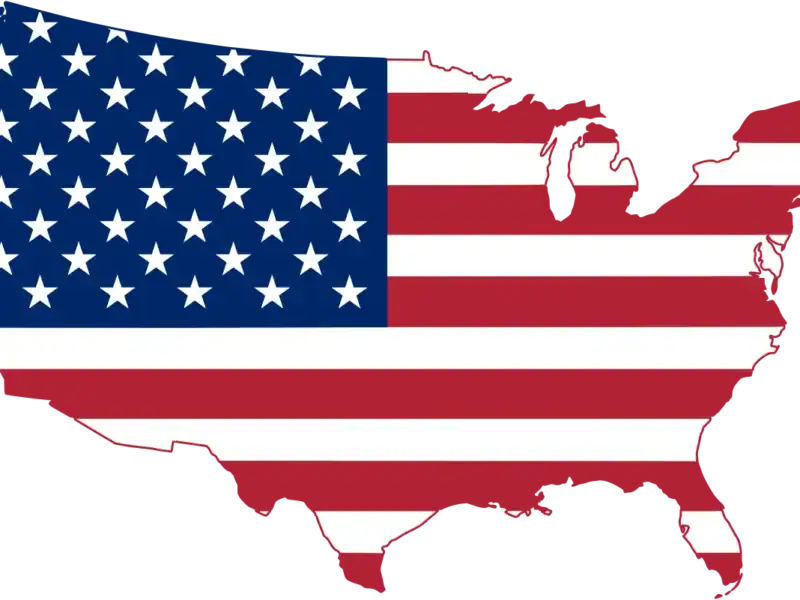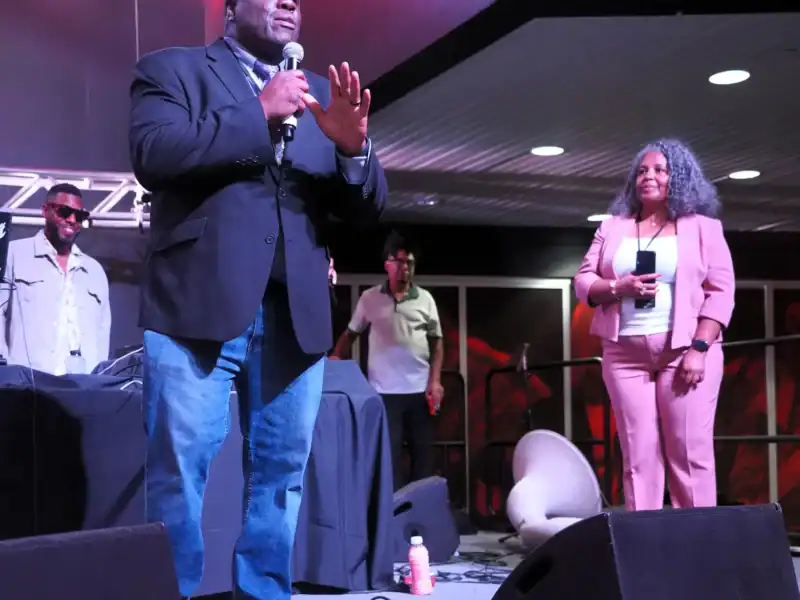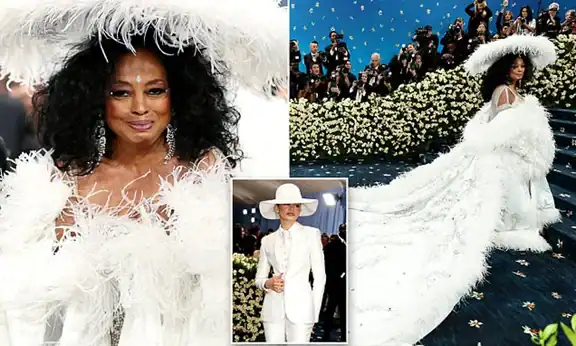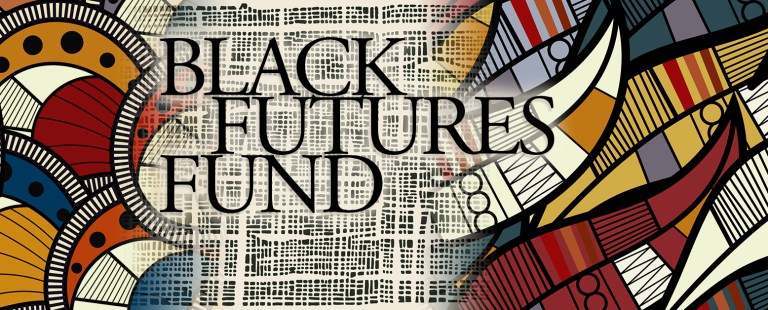Listen to this articleBy Konner Hines Zadok Little doesn’t just make music; he lives it. His voice carries the weight of lived experience, yet relects the light of a man who’s found his purpose. Born and raised on Cleveland’s east side, Little is part of a new wave of artists transforming personal testimony into powerful […]













